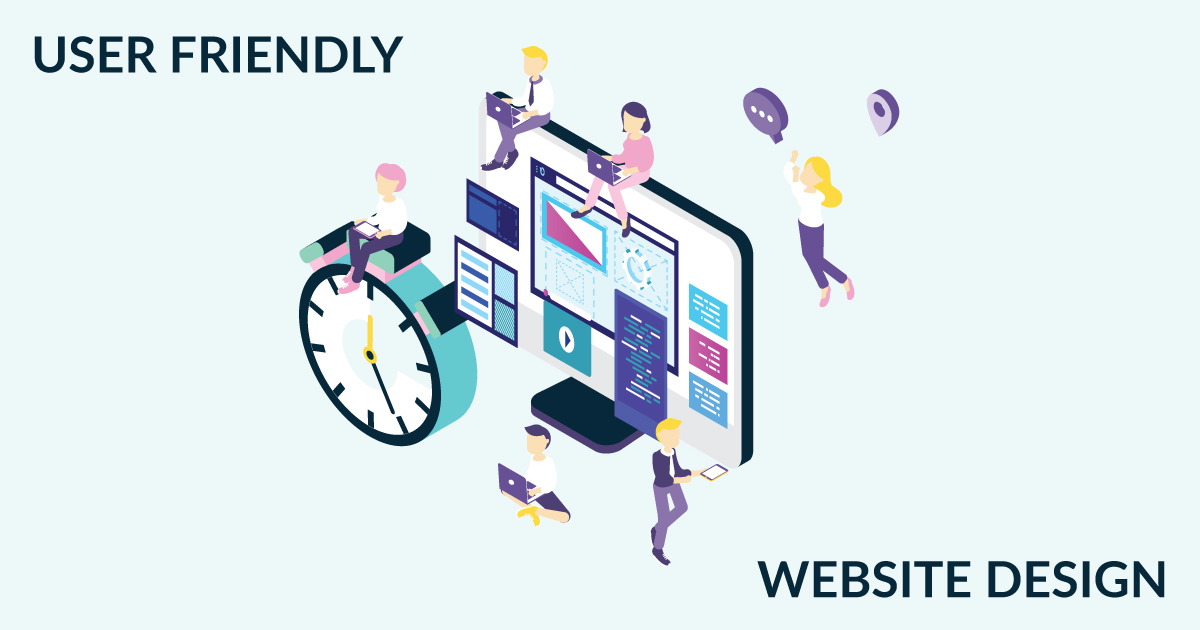
A user-friendly website is a website that is easy to use and navigate for users. It is designed with the needs and preferences of the user in mind and aims to provide a positive and efficient user experience.
Here are 9 Important Tips for Creating a User Friendly Website:
- Keep the layout simple and clean: A clean, uncluttered layout helps users focus on the content and navigate the site more easily.
- Use clear and descriptive headings: Headings help users understand the structure of the page and quickly find the information they are looking for.
- Use bullet points and lists: These formatting elements make it easier for users to scan and digest the information on the page.
- Use meaningful and relevant images: Images can help explain complex concepts and make the site more visually appealing, but it’s important to choose images that are relevant and meaningful to the content.
- Use descriptive and concise alt text for images: Alt text helps users who are visually impaired or using screen readers understand the content of images on the page.
- Use intuitive navigation: A clear and intuitive navigation menu helps users find their way around the site and access the information they need.
- Use responsive design: Responsive design ensures that the site looks and works well on a variety of devices, including desktop computers, tablets, and smartphones.
- Use clear and concise writing: Concise and easy-to-read writing helps users understand and retain the information on the site.
- Test the site: It’s important to test the site with a variety of users to ensure that it is user-friendly and meets the needs of your target audience.
Creating a user-friendly website can help improve the overall customer experience, as well as increase the chances of customers returning to the site in the future. Some additional tips for creating a user-friendly website include:
- Make sure the website loads quickly: Users tend to have short attention spans and will often leave a site if it takes too long to load.
- Use simple and consistent design elements: A consistent design helps users understand the layout and navigate the site more easily.
- Use legible fonts and sufficient white space: Easy-to-read fonts and ample white space can help improve readability and make the site more visually appealing.
- Make the site accessible to users with disabilities: This can include using alt text for images, providing transcripts for audio and video content, and using accessible color contrasts.
- Make it easy for users to contact the business: Providing clear contact information, such as a phone number or email address, can help users get in touch with the business if they have questions or need support.
- Optimize the site for mobile devices: With the increasing use of smartphones and tablets, it’s important to ensure that the site is mobile-friendly and easy to use on these devices.
- Use clear and descriptive links: Links that clearly describe the content they lead to can help users understand what they will find when they click on them.
- Use search functionality: A search bar can help users quickly find the information they are looking for on the site.
- Use social media integration: Integrating social media buttons can help users share content from the site and increase the reach of the business’s online presence.
Overall, a user-friendly website is designed to provide a positive and efficient user experience, making it easy for users to find the information they need and interact with the business.
